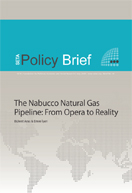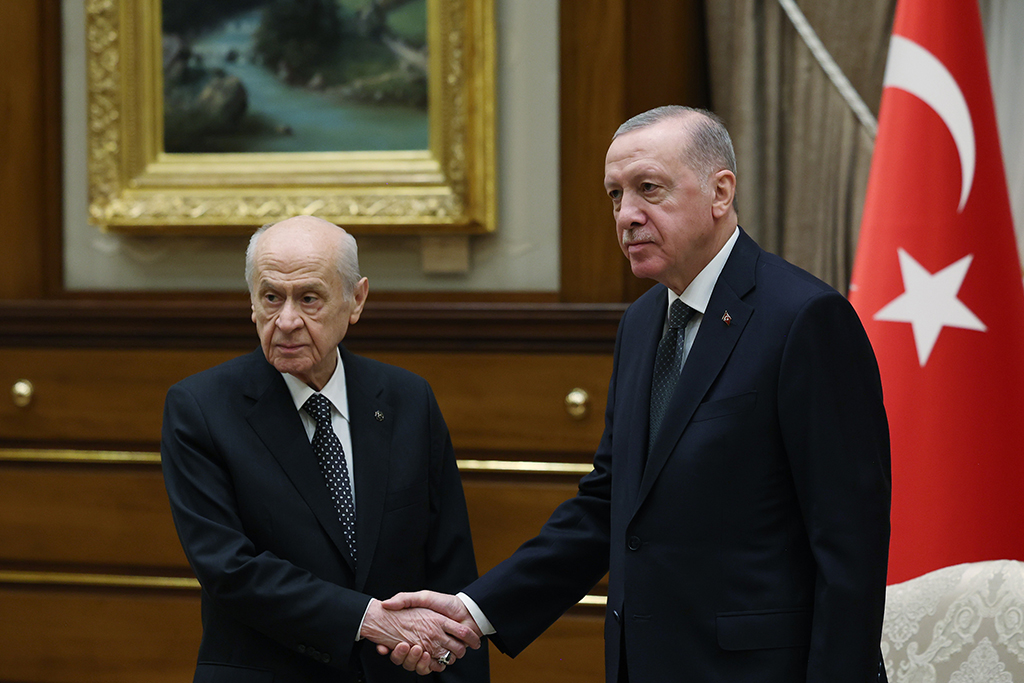On July 13, 2009, an intergovernmental accord on the proposed Nabucco gas pipeline was signed. The 3.300 kilometer long pipeline will transport Caspian, Iraqi and likely Iranian gas in the future depending on the changing situation and its relationship with the USA, and to a lesser extent Egyptian natural gas resources, via Turkey to Austria. The Turkish leg of the pipeline will be 2000 kilometers long.Given that the pipeline is designed to export non-Russian Caspian resources – Azeri, Kazakh, and Turkmeni - to European markets, thereby, diversifying energy supplies for western energy markets, several European states and the US have supported this project. The project is planned to become operational in 2014 with an estimated cost of 7.9 billion euros (10.6 billion dollars). In addition to enhancing its energy corridor role, the pipeline will provide significant benefits to Turkey in terms of revenues, employment, etc.
Introduction After a long period of preparations and negotiations since February 2002, it was finally announced that an intergovernmental accord on the proposed Nabucco gas pipeline was signed on July 13, 2009 in Ankara. The Nabucco will be the fourth component of the East-West energy corridor. The others are the Baku-Tbilisi-Ceyhan (BTC) oil pipeline, the Baku-Tbilisi-Erzurum (BTE) natural gas pipeline, and the Turkey-Greece gas interconnector line. These pipelines simultaneously diversify the existing lines from Russia – the main source of Europe’s gas - and create a viable energy line through Azerbaijan, Georgia, and Turkey to European energy markets. The 3.300 kilometers long pipeline will transport Caspian, Iraqi, and some other regional natural gas resources via Turkey to Austria. 2000 kilometers of the pipeline will pass through Turkey. Given that the pipeline is designed to export non-Russian Caspian resources to European markets, several European states and the US have supported the project. The project is planned to become operational in 2014 and the estimated cost is 7.9 billion euros (10.6 billion dollars).
Chronology of the Nabucco
- The preparations of the project began when the first talks took place between Austrian OMV and Turkish BOTAŞ in February 2002. The five partners (OMV Edsgas of Austria, MOL of Hungary, Bulgargaz of Bulgaria, Transgaz of Romania and BOTAŞ of Turkey) concluded a protocol of intention to construct the proposed pipeline in June 2002.
- Followed by the conclusion of the Cooperation Agreement in October 10, 2002 in Vienna, the five partners went to the Vienna State Opera and enjoyed the Nabucco opera from Giuseppe Verdi. Thereafter, the five partners went to dinner where there was discussion over potential names for the project; everyone agreed that it should be Nabucco.
- In December 2003, the European Commission awarded a grant to finance the 50% of the estimated costs of the feasibility studies (i.e. market analysis, technical, economic and financial studies).
- In June 2004, the Nabucco International Company (NIC) was established with the participation of the five partners.
- On June 28, 2005, the five partners signed the Joint Venture Agreement (JVA) and they signed the Ministerial statement on the Nabucco pipeline on June 26, 2006 in Vienna.
- In February 2008, German RWE became the 6 th shareholder of the NIC with an equal share.
- Following the European Commission’s November 2008 initiative to promote the project and to create a Caspian Development Corporation (CDC), in January 2009, the formal negotiations for the Nabucco began in Brussels. <li










